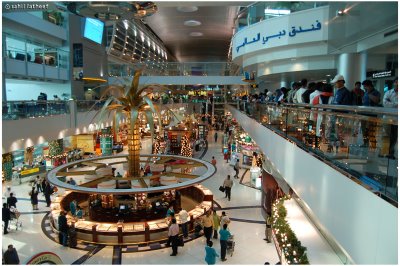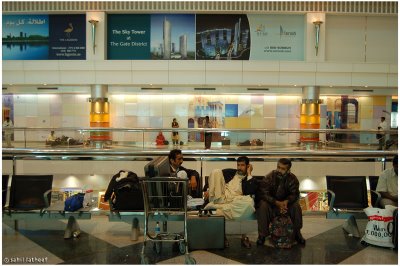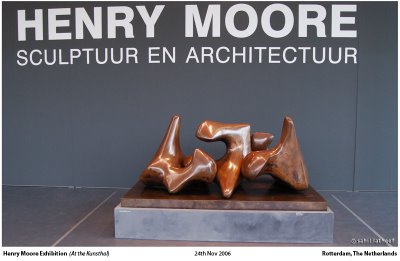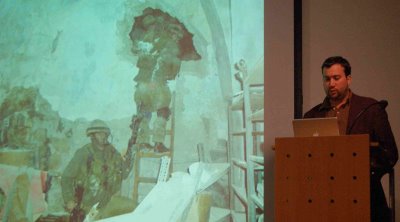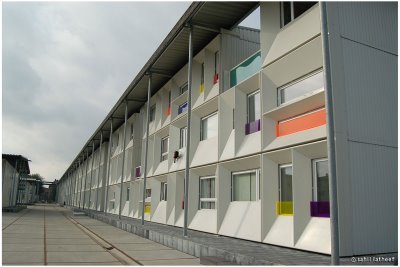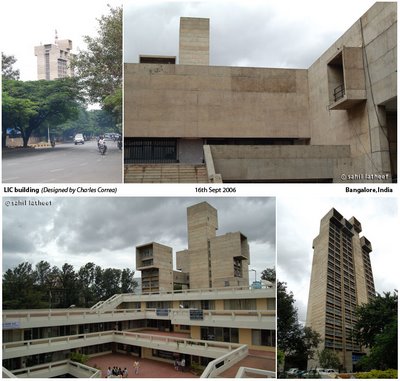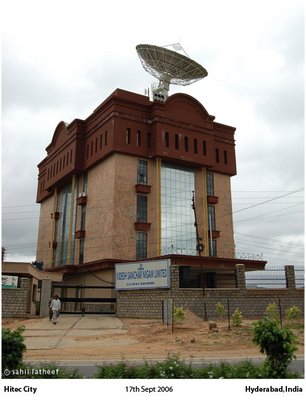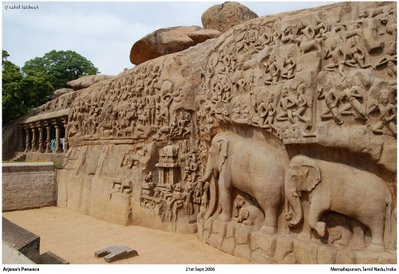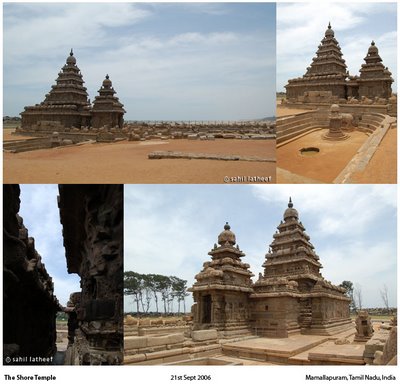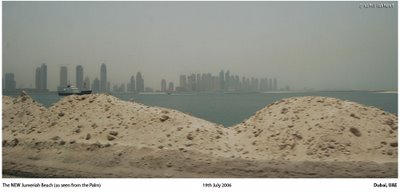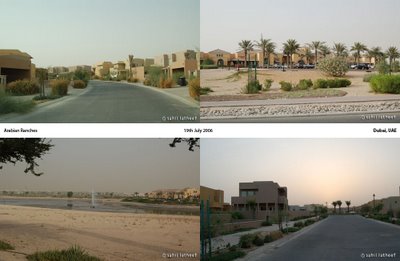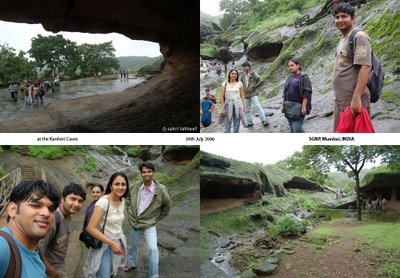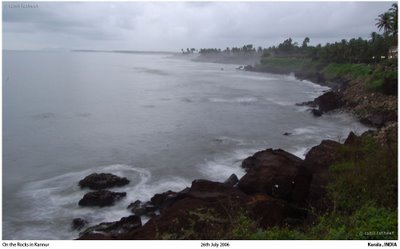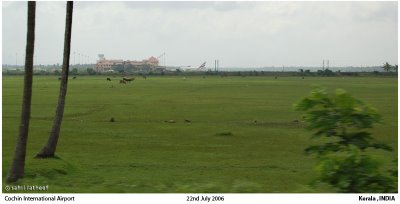Just got back to the Netherlands after a short trip to visit Bangalore and Hyderabad in relation with a few projects that the office – Wiel Arets and Associates - where I have been doing a summer job at is pursing. These projects were basically to develop designs for satellite cities for the two IT driven booming metropolises of India.
Sadly, the only thing besides an opportunity to meet a few old friends and to see two cities in India that I had not yet been to (Hyderabad and Mamallapuram) that this trip has left me is with an extreme sense of bad after taste. In fact a sort of nauseating one.
All I saw and experienced in meetings after meeting right from the CM of Karnataka to his assistant’s assistant’s assistant’s assistant was that of a system of total corruption, a system that could hardly be any more wrong, a system that will make sure that those who remain and at the bottom will remain there and those who are willing to kiss ass will eventually get rewarded.
There I was sucked into this mess completely; first innocently, then knowingly because I felt that I had to help my office (because they had just invested soo much in me, to take me there and so on and so on ….when all they cared about was making some fancy building cladded in meaningless glass facades with expensive prints on them). It feels horrible!
Let me explain the projects however - Bangalore is planning to build 7 satellite cities around itself now and Hyderabad a lot more (they said something like 12-15).
 But the fact of the matter is that under the pretext that both these cities are right now among the fastest growing in India and probably in the world the governments of both these states have managed to get enough funds from the State, Private investors and Global organizations like the World bank to set aside HUGE amounts of money for these projects. And dealing with such huge amounts of money, as we all know, can be very good for the governments in power now. So for this task, instead of planning these cities using the State planning boards/other such governmental bodies or at least local planners these governments are keen on calling ‘Foreign’ architects and planners to help ‘solve their problems’, besides being good as a sales tactic the people who make these decisions also realize that since most of these ‘Foreign’ office are right now so focused on getting into the Indian market they are more than willing to ‘co-operate’ with them. I suppose we will have the same ‘Chinese-problem’ in India too soon, when we shall have every Tom, Dick and Harry of the western architectural elite coming to India and telling us ‘how they can fix our mess’.
But the fact of the matter is that under the pretext that both these cities are right now among the fastest growing in India and probably in the world the governments of both these states have managed to get enough funds from the State, Private investors and Global organizations like the World bank to set aside HUGE amounts of money for these projects. And dealing with such huge amounts of money, as we all know, can be very good for the governments in power now. So for this task, instead of planning these cities using the State planning boards/other such governmental bodies or at least local planners these governments are keen on calling ‘Foreign’ architects and planners to help ‘solve their problems’, besides being good as a sales tactic the people who make these decisions also realize that since most of these ‘Foreign’ office are right now so focused on getting into the Indian market they are more than willing to ‘co-operate’ with them. I suppose we will have the same ‘Chinese-problem’ in India too soon, when we shall have every Tom, Dick and Harry of the western architectural elite coming to India and telling us ‘how they can fix our mess’.
I seriously hope that the future of every city in India does not lie in models like the Bandra-Kurla Complex (Mumbai) / Hitec City (Hyderabad)
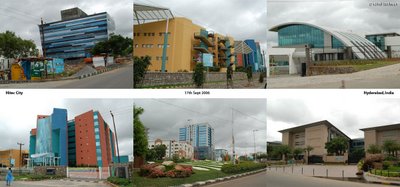 or even worse the ‘cities’ of Dubai (Internet City, Knowledge City, Media City) not because I think that this sort of projects are not interesting but rather because – Firstly, these are not really cities; and Secondly, they have no concerns that a city should have, all they have is boutique houses, generic offices and not to forget shopping malls.
or even worse the ‘cities’ of Dubai (Internet City, Knowledge City, Media City) not because I think that this sort of projects are not interesting but rather because – Firstly, these are not really cities; and Secondly, they have no concerns that a city should have, all they have is boutique houses, generic offices and not to forget shopping malls.
If these are the only projects that are undertaken by the authorities than what happens to more immediate needs like Housing, Amenities (Schools, Hospitals….), Public Transportation and Public spaces? What happens to the city? What happens to us?
I wonder, what will it take to make things change? How are we to tackle this situation? How then are we to imagine the city (let alone build it)?
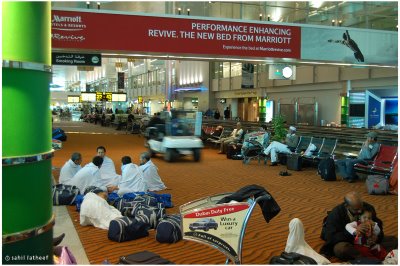 I’ll start with this image of how the 'double meaning' sleaze of corporate world is superimposed over an airline gate dedicated for Haj travellers from all over the world. (And to remember that
I’ll start with this image of how the 'double meaning' sleaze of corporate world is superimposed over an airline gate dedicated for Haj travellers from all over the world. (And to remember that 